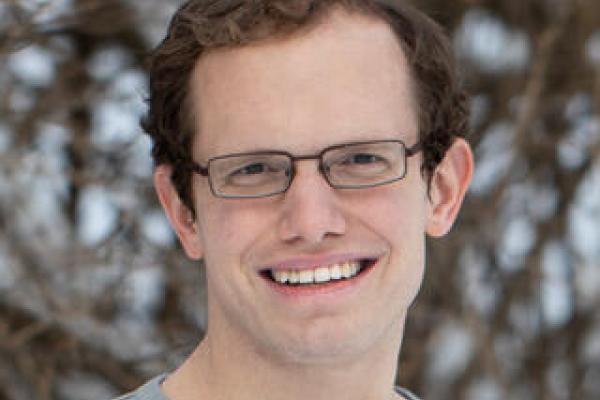
Benjamin Schweinhart
George Mason University
Title
Further Directions in Homological Percolation
Abstract
For well-behaved random subsets of Euclidean space the percolation threshold coincides with the emergence of periodic paths on the torus. Homological percolation generalizes the latter event in terms of higher-dimensional topological features. That is, a random subset of the d-torus exhibits i-dimensional homological percolation if it contains a "giant" i-dimensional cycle spanning the torus.
In previous work with Matt Kahle and Paul Duncan, we studied homological percolation in higher-dimensional analogues of bond percolation on the square lattice and site percolation on the triangular lattice. In particular, we proved that p=1/2 is a sharp threshold for i-dimensional homological percolation on a 2i-dimensional torus in both models. I will review these results and discuss more recent extensions to Voronoi percolation (joint with Morgan Shuman) and the plaquette random cluster model (joint with Paul Duncan). The latter suggests the use of homological percolation as a stopping condition for simulations of Potts lattice gauge theory, generalizing the invaded cluster algorithm for the Potts model (joint with Anthony Pizzimenti and Paul Duncan).
